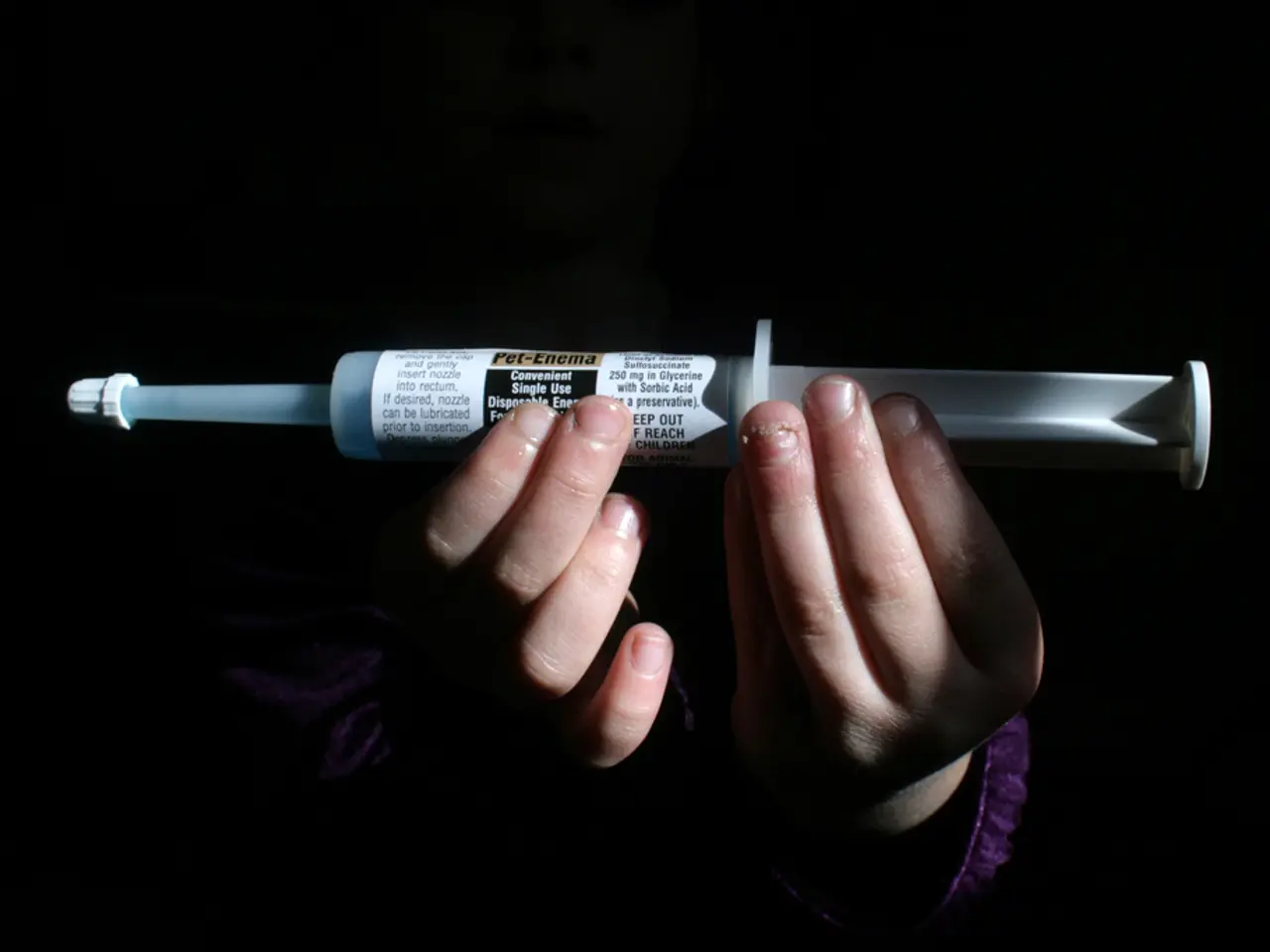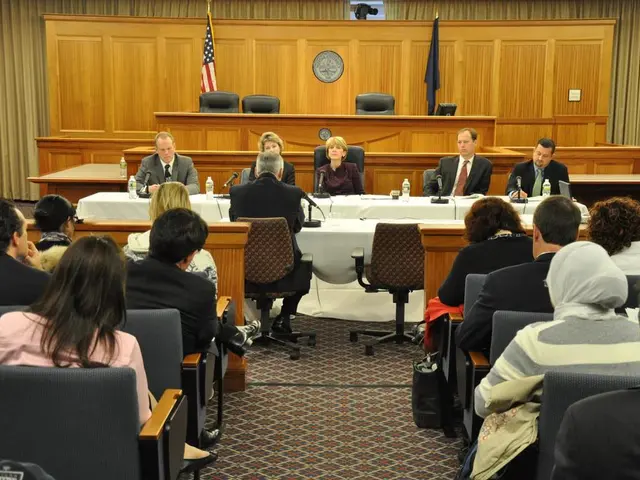Mastering Emotional Self-Control in 90 Seconds: Does This Strategy Truly Succeed?
The 90-second rule, a concept grounded in neuroscience and emotion regulation research, is gaining traction as an effective method for managing emotional responses. According to this rule, the physical sensations associated with an emotion typically last around 90 seconds, unless we choose to engage with them mentally, which can prolong or intensify the emotional experience.
Neuroscientist Jill Bolte Taylor has been a key figure in popularising the 90-second rule. Her research suggests that the chemical life of an emotion—the physiological reaction in the body—is approximately 90 seconds. If left uninterrupted mentally, the emotion naturally subsides after this time.
Scientific models of emotion regulation, such as the process model, support this theory. They describe how emotions unfold in stages (situation, attention, appraisal, response) and how regulation efforts can target different points in this sequence to modulate emotional reactions. Engaging with the emotion mentally beyond its initial physiological phase (the 90 seconds) can lead to extended or intensified emotional states, particularly if maladaptive strategies like rumination or suppression are used.
Mental health technologies are leveraging this understanding by creating tools that detect emotional physiological signals in real time and provide interventions within this 90-second window. This approach is designed to "interrupt" prolonged stress cycles by helping users regulate emotions before they escalate.
However, it's important to note that the 90-second rule may not be effective for deeper or chronic emotional experiences, which may require further intervention. Additionally, the rule doesn't account for individual differences in how people process emotions. Critics argue that the 90-second rule is overly simplistic and doesn't account for the complexities of emotional responses.
Despite these limitations, the 90-second rule can be a valuable tool in everyday life for managing brief emotional disturbances. It can be combined with other evidence-based techniques like mindfulness practices, breathing exercises, and cognitive-behavioral therapy (CBT) for optimal emotional regulation.
Moreover, the 90-second rule can have a profound impact on relationships, helping improve communication and reduce unnecessary conflict. By allowing ourselves to feel an emotion without immediately reacting, we can respond thoughtfully and constructively, leading to healthier and more constructive relationships.
In moments of anxiety or panic, the 90-second rule can help individuals regain a sense of control. By simply waiting out the 90-second window, individuals can approach emotional regulation with a sense of empathy and acceptance, treating themselves with kindness, understanding, and patience during times of emotional distress.
In conclusion, the 90-second rule offers a valuable tool for improving emotional regulation and preventing impulsive reactions. While it may not be a cure-all for every emotional challenge, it can help manage everyday stressors and provide quick relief from emotional turmoil. However, it's crucial to remember that deeper emotional issues may require more than just a brief pause and addressing the root causes may be necessary.
- Neuroscientist Jill Bolte Taylor's research supports the 90-second rule, which suggests that the physiological reaction of an emotion typically lasts around 90 seconds.
- Scientific models of emotion regulation, like the process model, corroborate this theory, explaining the stages of emotions and how regulation efforts can affect emotional responses, particularly within the initial 90-second phase.
- Mental health technologies are utilizing this understanding, creating tools that detect emotional physiological signals in real time and intervene within the 90-second window, aiming to disrupt prolonged stress cycles.
- Mindfulness practices, breathing exercises, cognitive-behavioral therapy (CBT), and the 90-second rule can be combined for effective emotional regulation in everyday life, managing brief emotional disturbances and improving relationships.
- The 90-second rule can aid in moments of anxiety or panic, providing individuals with a sense of control and an opportunity to approach emotional regulation with empathy, kindness, understanding, and patience.
- However, it's essential to acknowledge the 90-second rule's limitations, as it may not be effective for deeper or chronic emotional experiences, and individual differences in emotion processing should be considered.




